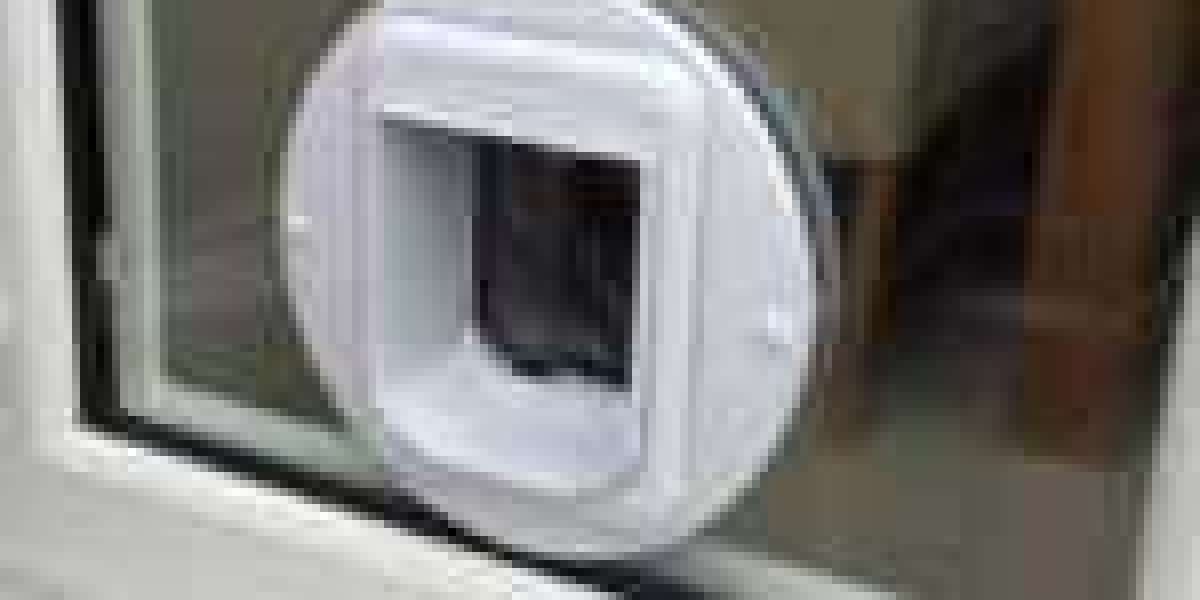
The Ultimate Guide to Cat Flap Replacement: Why, When, and How
As a cat owner, it's necessary to offer your feline pal with a comfy and practical way to enter and exit your home. A cat flap, likewise referred to as a cat pet-friendly door installation, is a basic and efficient option that enables your cat to come and go as it pleases. Nevertheless, like any other family item, cat flaps can break with time, requiring replacement. In this post, we'll explore the reasons why cat flap replacement is essential, the signs that show it's time for a brand-new one, and a step-by-step guide on how to replace a cat flap.

Why Replace a Cat Flap?
There are several reasons cat flap replacement is required:
- Wear and tear: commercial cat flap fitting flaps are subject to consistent use, which can result in wear and tear on the hinges, seals, and other moving parts.
- Weather condition damage: Exposure to rain, snow, and extreme temperature levels can cause the cat flap to degrade, resulting in water leakages and drafts.
- Bug control: Old or damaged cat flaps can offer an entry point for unwanted bugs, such as rodents, birds, or bugs.
- Energy efficiency: A new cat flap can assist minimize heat loss and energy consumption, making your home more energy-efficient.
- Enhanced security: Modern cat flaps frequently include innovative security features, such as lockable doors and magnetic seals, to avoid unauthorized entry.
Indications that Indicate it's Time for a New Cat Flap
If you observe any of the following signs, it's likely that your cat flap needs to be replaced:
- Leaks and drafts: If you observe water or air leaking through the cat flap, it's time to consider a brand-new one.
- Problem opening or closing: If the cat flap becomes stuck or challenging to open or close, it's most likely that the hinges or seals are worn.
- Noise: If the cat flap makes excessive noise when opening or closing, it might be a sign that the moving parts are worn.
- Pest invasion: If you observe pests entering your home through the cat flap, it's time to replace it with a brand-new one.
How to Replace a Cat Flap: A Step-by-Step Guide
Changing a cat flap is a reasonably basic DIY project that can be finished with basic tools and materials. Here's a detailed guide:
Materials needed:
- A new cat flap
- Screwdriver or drill
- Measuring tape
- Pencil or marker
- Wood screws (if needed)
- Weatherstripping (if required)
Instructions:
- Measure the existing cat flap: Measure the width and height of the existing cat flap to make sure that the brand-new one fits completely.
- Get rid of the old cat flap: Use a screwdriver or drill to get rid of the screws holding the old cat flap in location. Gently pry the cat flap out of the door or wall.
- Tidy the location: Clean the location around the old cat flap to remove any particles or dirt.
- Mark the position of the brand-new cat flap: Use a pencil or marker to mark the position of the new cat flap on the door or wall.
- Drill pilot holes: Drill pilot holes for the screws that will hold the brand-new cat flap in location.
- install cat flap in wall the brand-new cat flap: Insert the brand-new cat flap into the door or wall and screw it into location.
- Include weatherstripping (if required): Apply weatherstripping around the edges of the cat flap to prevent drafts and leakages.
Idea:
- Choose a cat flap that is appropriate for your cat's size and type.
- Consider a cat flap with innovative security functions, such as lockable doors and magnetic seals.
- Use a level to ensure that the cat flap is installed straight and level.
- Check the cat flap before installing it to make sure that it works efficiently and silently.
Frequently Asked Questions:
- Q: How long does it take to change a cat flap?A: The time it requires to change a cat flap depends upon the complexity of the job and the person's DIY abilities. On average, it takes about 30 minutes to an hour to finish the job.
- Q: Can I replace a cat flap myself?A: Yes, replacing a cat flap is a relatively easy DIY task that can be completed with standard tools and materials. Nevertheless, if you're not comfy with DIY projects, it's recommended to hire a professional.
- Q: How typically should I replace my cat flap?A: The frequency of changing a cat flap depends upon use and climate condition. On average, a cat flap ought to be changed every 5-7 years.
- Q: What are the advantages of a brand-new cat flap?A: A brand-new cat flap can enhance energy efficiency, security, and comfort for your cat. It can likewise decrease sound and avoid pest invasion.
Conclusion:
Replacing a cat flap is a simple and necessary job that can enhance the convenience and convenience of your feline pal. By following the detailed guide detailed in this post, you can quickly change your old Cat Flap Repair flap with a new one. Keep in mind to select a cat flap that is appropriate for your cat's size and type, and consider sophisticated security features to avoid unapproved entry.
Additional Resources:
- Best Cat Flaps for Energy Efficiency: [link]
- How to Choose the Right Cat Flap: [link]
- DIY Cat Flap Installation Tips: [link]
By offering your cat with a comfortable and hassle-free way to get in and exit your home, you can improve its total health and happiness. Keep in mind to replace your cat flap every 5-7 years to make sure that it stays in good working condition.






